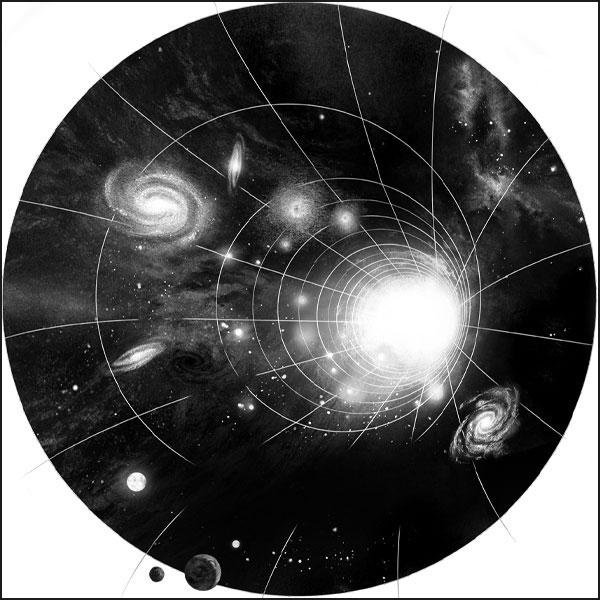The 0.0000000000003 second laser ray
A new laser based on quantum dots can generate ultra-short pulses with high power and using low energy, enabling the reconstitution of 3D images with micrometric precision.

New lasers will be able to provide more precise 3D models, which could be used in facial recognition, for example. | Keystone/AP Photo/Marcio Jose Sanchez
In the laboratory, as in the cinema, laser beams appear to be unbroken streams of coloured light. In reality, however, they are composed of a series of impulses emitted in such rapid succession that we are unable to distinguish the intervals. Ultrafast lasers take this principle to the extreme, emitting pulses every billionth of a second. This means they can also be used to measure time intervals, and thereby distances, with great accuracy. A team from ETH Zurich headed by Ursula Keller has pushed the limits of these devices even further – both in terms of size and energy consumption – by optimising the amplification stage. Their laser generates pulses lasting 0.3 billionths of a billionth of a second.
All lasers exploit the same phenomenon: when an atom at an excited energy level receives a photon, it emits a second photon of the same frequency and phase. This creates a chain reaction that produces a photon flux: this is the laser beam. In their amplifier, Keller and her team in Zurich have used a nanostructured semiconductor for the self-generation of quantum dots. It traps the excited electrons, and thereby amplifies photon emission. “With a density of one trillion quantum dots per square millimetre, this material lends itself to the design of high-performance, compact and energy-efficient femtolasers”, says Keller.
Ultrafast lasers have recently begun to appear in consumer devices. In the latest iPhone, they are used for facial recognition: the phone emits a laser beam cloud and analyses the photons reflected by the user’s face and then creates a 3D model. The low power is, however, a limitation, restricting it to use with nearby objects. This is because the number of photons being reflected to the sensor decreases with distance. “Our technology would allow a larger physical environment to be measured in 3D with micrometric accuracy”, she says.




